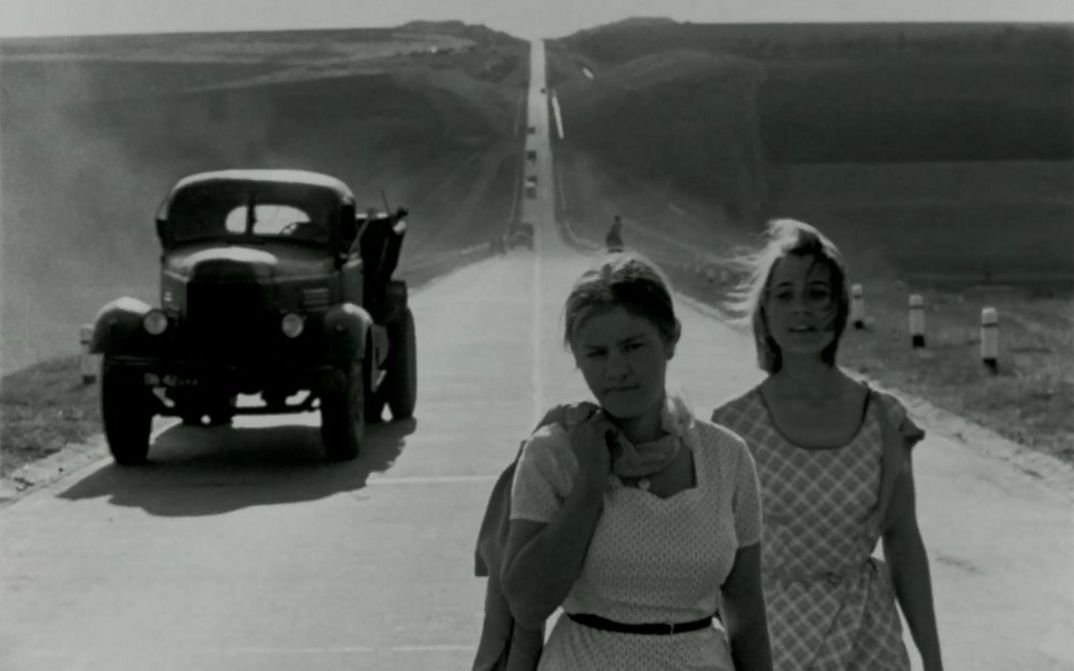Kira Muratova Retrospective

From Romania via Moscow to Odesa: Kira Muratova’s biography took many different turns. Born in Romania in 1934 to a Romanian woman and a Russian man, she grew up in the country of her birth before studying at the VGIK film school in Moscow, later moving to Odesa with her first husband Oleksandr Muratov, where she lived and worked until her death in 2018. In the nearly five decades she worked as a director, she created an oeuvre as idiosyncratic as it was independent, an oeuvre that took up the occurrences of her era and transformed them in artistic fashion across numerous political and social shifts and upheavals. She continually had to wrest her films back from external circumstances, whether attempts at censorship or financial constraints.
Her debut film BRIEF ENCOUNTERS (1967) was made at the beginning of the era of culture political stagnation following the relative freedom of the Khrushchev Thaw. It arrived in cinemas on just a few prints and soon landed on the shelf. Her second film THE LONG FAREWELL (1971) focused on the “ordinary” everyday life of a woman and mother and was defamed by the censors as “petty bourgeois” and not even given a permit for theatrical release. Referred to by Muratova herself as “provincial melodramas”, both films are sensitive studies of female longings about disillusionment and loneliness that are at once light and playful and rich in atmosphere. She was only able to shoot her next film seven years later. 1989’s THE ASTHENIC SYNDROME, perhaps her most famous film, maintains a very different tone, showing the inner decay of Soviet society in apocalyptic images.
Muratova began a new, highly productive creative phase in independent Ukraine that lasted until shortly before her death and in which she continued to hone her absurd, fragmentary narratives peopled with eccentric, often grotesque characters. She shot her films in Russian, always taking great pleasure in local and milieu-specific linguistic variants and nuances. Playing with repetitions, variations and doublings (twins appear in several of her films) was always one of her central stylistic devices. Monologues and conversations that go in circles demonstrate the impossibility of communication and true connection. Her deconstruction of conventional narration is linked to fearless, unsentimental accusations levelled at a corrupt, morally bankrupt society in which people’s actions are entirely detached from any sort of rationalism. Dissonance is a key element of Muratova’s oeuvre, which is always about life and death. The sentence “nobody loves anyone”, which is uttered in several of her films, is less a concrete claim than the expression of an angst concerning the fragility of human coexistence.
We are showing ten of the fifteen features she made between 1967 and 2012.
With our heartfelt thanks to Dovzhenko Centre, Kyiv.